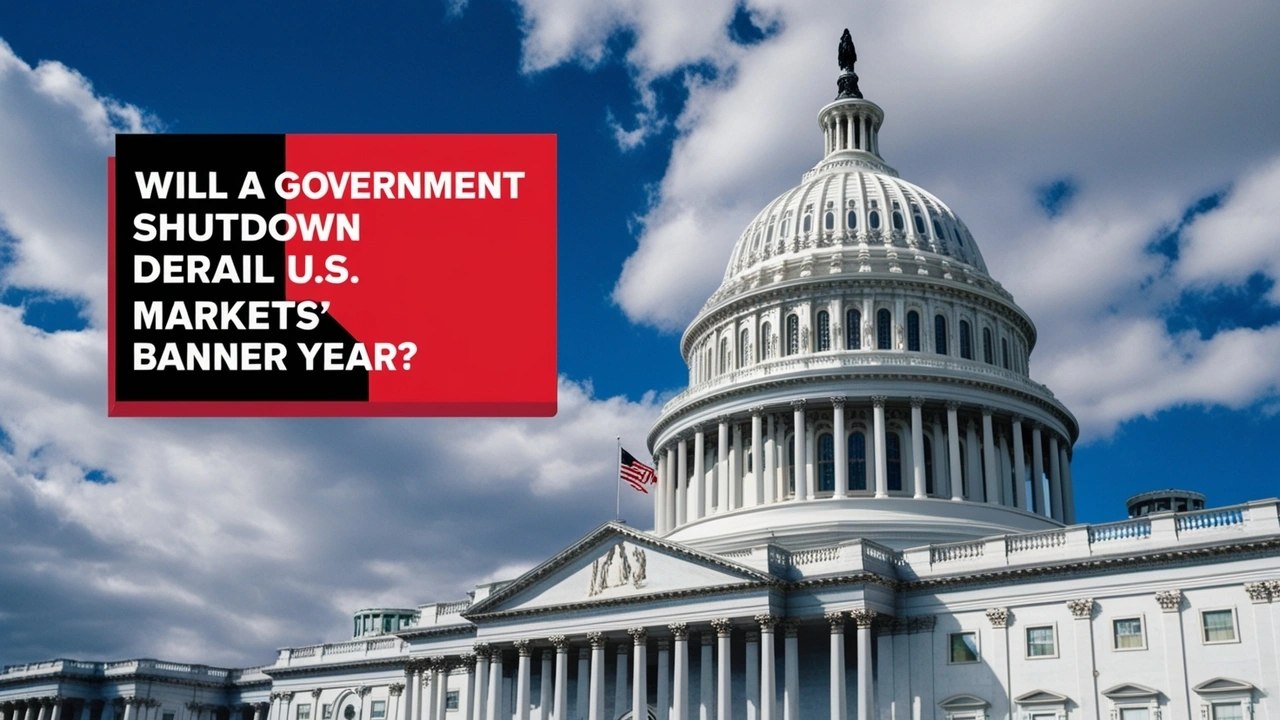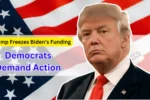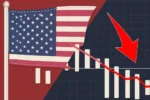This week, U.S. markets were jolted after the Federal Reserve made a widely anticipated move by cutting their policy rate by 25 basis points to 4.25% to 4.5%. While the rate cut wasn’t a surprise, the bigger shock came from the Fed’s updated Summary of Economic Projections (SEP), which revealed higher forecasts for growth, inflation, and future policy rates. These projections signaled a more hawkish outlook for the economy, surprising investors and triggering a sharp selloff in U.S. equities. As a result, the S&P 500 dropped 2.4%, the 10-year yield surged to 4.55%, and the Bloomberg dollar index reached a two-year high.
Fed’s Resilient Economic Outlook
Despite the pullback, we believe the Fed’s shift in tone points to the ongoing resilience of the U.S. economy. Slower rate cuts reflect the uncertainty that persists in the economic landscape. Stronger growth, while a positive sign, tends to lead to stickier inflation and an economy that is not cooling as quickly as hoped, particularly in the labor market. This presents a challenge for policymakers, who are walking a tightrope between encouraging growth and curbing inflation.
The Threat of a Government Shutdown
In addition to the Fed’s actions, the U.S. government is facing the threat of a shutdown, complicating the market outlook further. On December 20, House Republicans rejected a temporary funding proposal backed by President-elect Donald Trump, triggering the possibility of a government shutdown unless a new agreement can be reached.
If a shutdown occurs, many nonessential federal operations will halt, and a significant portion of government workers will either be furloughed or forced to work without pay until a new spending bill is passed. This situation adds to the market uncertainty, just as investors are preparing for the holiday season.
Government Shutdowns: Limited Market Impact
Historically, government shutdowns have had limited long-term impact on markets. A Congressional Budget Office (CBO) study of the 2018-2019 shutdown, which lasted five weeks, found that the economic output was only reduced by about 10 to 15 basis points per week during the shutdown. More importantly, once the shutdown ended, economic activity rebounded quickly as operations resumed.
Looking at past shutdowns since 2010, including the 2019 shutdown, the impact on markets has been minimal. In fact, the S&P 500 posted an average gain of 4.7% during previous shutdowns. Bond yields have been marginally lower on average, and the dollar has shown slight declines. Even extending the timeline back to 1977, the results show a similar trend: minimal movement in stocks and core bonds, with marginal increases in treasury yields and minor declines in the dollar.
The Long-Term Outlook: Resilience Amidst Short-Term Setbacks
Despite the potential for a short-term disruption from a government shutdown, we remain confident that the broader market trend will continue to reflect the strength of the U.S. economy. While Washington’s ongoing struggles to agree on a spending plan highlight the challenges facing the government, especially under the thin margins in the House, markets are likely to look past these temporary hurdles.
Our advice remains consistent: Stick to long-term strategic allocations and avoid reacting to short-term market fluctuations. Even with the possibility of a shutdown, we expect U.S. equities to continue to perform well in 2025, driven by earnings growth. We’re focused on building resilient portfolios, with assets that offer differentiated income streams and lower correlations to traditional asset classes.
2024: A Banner Year for U.S. Equities
Looking back at 2024, it’s been a remarkable year for U.S. equities. For the first time since the late 1990s, the S&P 500 has gained over 20% in two consecutive years. This performance mirrors some of the best years in market history, such as 1985, 1989, 1995, 1998, and 2019. One key factor driving this success has been the Federal Reserve’s ability to lower rates without triggering an economic recession, setting 2024 apart as a year of strong, sustainable growth.
Wrapping Up the Year
As we approach the end of 2024, it’s clear that despite a few bumps along the way—whether from Fed moves or political turmoil—U.S. markets have demonstrated remarkable resilience. With the Fed’s actions and the possibility of a government shutdown, there’s some volatility in the short term, but we remain optimistic about the long-term growth prospects. Your J.P. Morgan advisor is here to help guide you through whatever challenges 2025 may bring.



